Smile! Postcards from Afghanistan's furthest corner
The district of Wakhan in the far east of Afghanistan is one of the most remote places on earth, accessible only on foot. Along with his team, Ershad Honaryar from BBC Persian made the five-day trek to a place called the "roof of the world". There, he asked people he met to smile for a photograph and tell their stories.
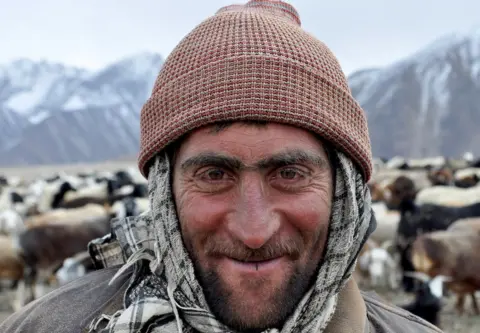 BBC
BBCLike many locals this man makes his living as a cattle herder in the Pamir mountains. He receives a sheep at the end of the month as his salary. Men are expected to own cattle before they can ask for a woman's hand in marriage.
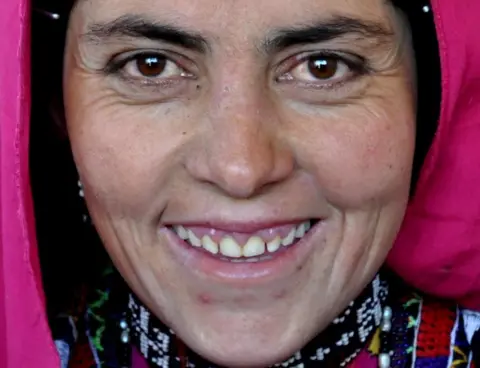 BBC
BBCBibi Asli is 42 years old and has three children. She gave birth naturally, but women who require a Caesarean must travel to Ishkashim district 10 hours away. Wakhan is far from the violence most of the rest of Afghanistan suffers but there are no clinics because it is so remote. Many women die or lose their baby during the difficult journey for medical help.
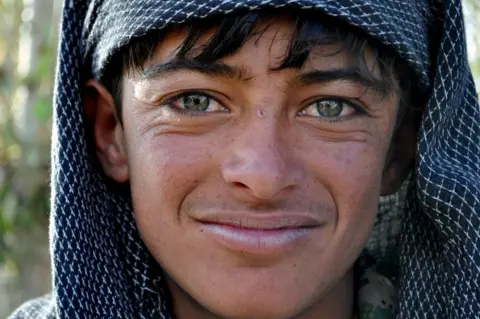 BBC
BBCThis 16-year-old was on his way to school when I stopped him. He told me it was the first time anyone had taken his photo. There are only 16 schools in Wakhan district, where 13,000 people live spread out across 11,000 sq km (11,000 sq miles). Students sometimes walk for hours to get their education.
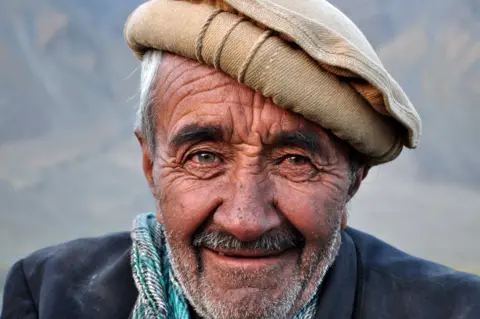 BBC
BBCAt 71, Qeich Beig has lived a long life in Wakhan terms. He owns a local guesthouse for tourists visiting the region, which has made him rich. Most local guesthouses operate under the supervision of the tourism office in Badakhshan province.
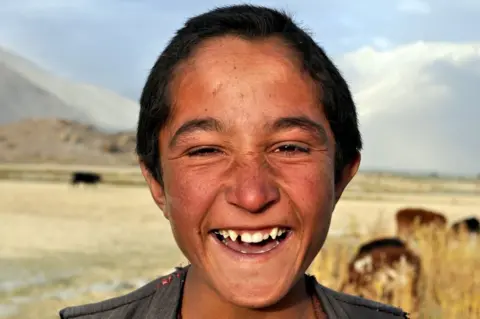 BBC
BBCThis 13-year-old also goes to school, but that isn't the end of his day, as he helps his father on the farm after school. Education is highly valued in the region and families try to make sure their children continue their studies for as long as possible.
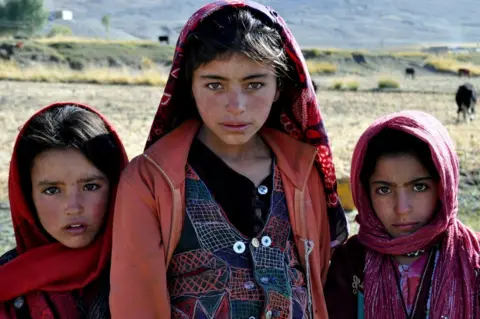 BBC
BBCI stopped these three girls on their way to school in the village of Sarhad-e Broghil. Aged between 10 and 14, they help their families with farm work after school. Compared with other parts of Afghanistan, women in Wakhan enjoy greater freedoms. They can take part in public celebrations and social events and wear colourful clothes, and they are the main workforce.
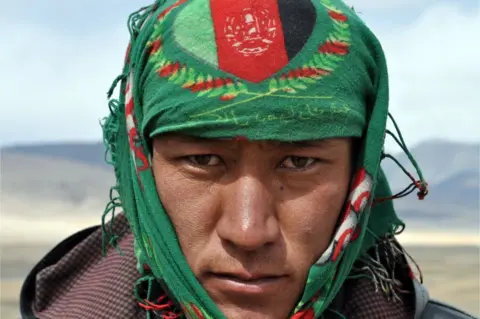 BBC
BBCZiauddin's bandana showed the colours of the Afghan flag. Some locals criticise the central government for failing to deliver on its promises to the region, but most of them show a strong sense of national pride.
 BBC
BBCThis young tour guide in the Pamirs is paid a daily fee of 1,000 afghanis (about $15; £10) to guide visitors through the rugged terrain of the Wakhan Corridor. Some of these trained guides also offer to cook on the journey for an extra $10.
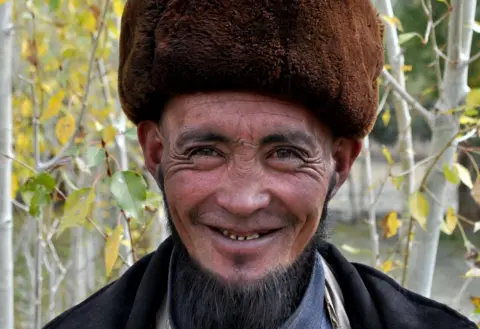 BBC
BBCThis man lends his horses to visitors to the Pamir mountains for $25 a day. The horses carry the tourists' supplies and belongings across raging rivers and rocky terrain and back to Wakhan. Tourism is an important part of the local economy.
 BBC
BBCEight-year-old Ahmad Reshad is a student. He is from a prosperous family which owns and runs a local guesthouse. Unlike many other children in Wakhan, Ahmad doesn't work on the farm after school.
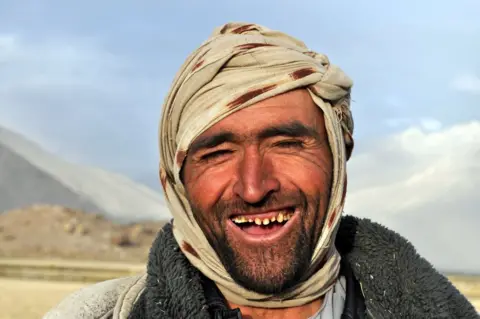 BBC
BBCI met this man working on the farm of a landowner in Kala Panja village. For his work, he is paid a monthly salary of 5,000 afghanis. Wheat is the main product here, but because of the extreme weather the quality of the grain harvest is often poor.
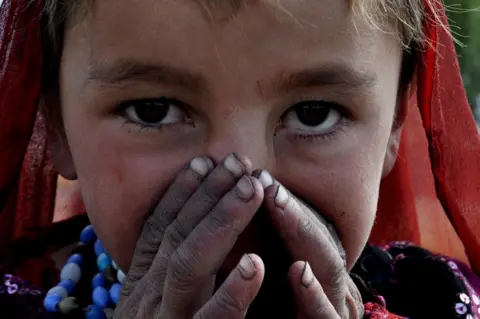 BBC
BBCZahra, who is four, lives in Sarhad-e Broghil village in Wakhan. Her family lives next to the local guesthouse. Zahra spends a lot of time playing with tourists visiting the area.
 BBC
BBCThis six-year-old boy tripped and fell on his face two months ago. Health services in the area are poor. The Afghan government has promised to build a health clinic in the area, but it is yet to deliver.
Photos by Ershad Honaryar
